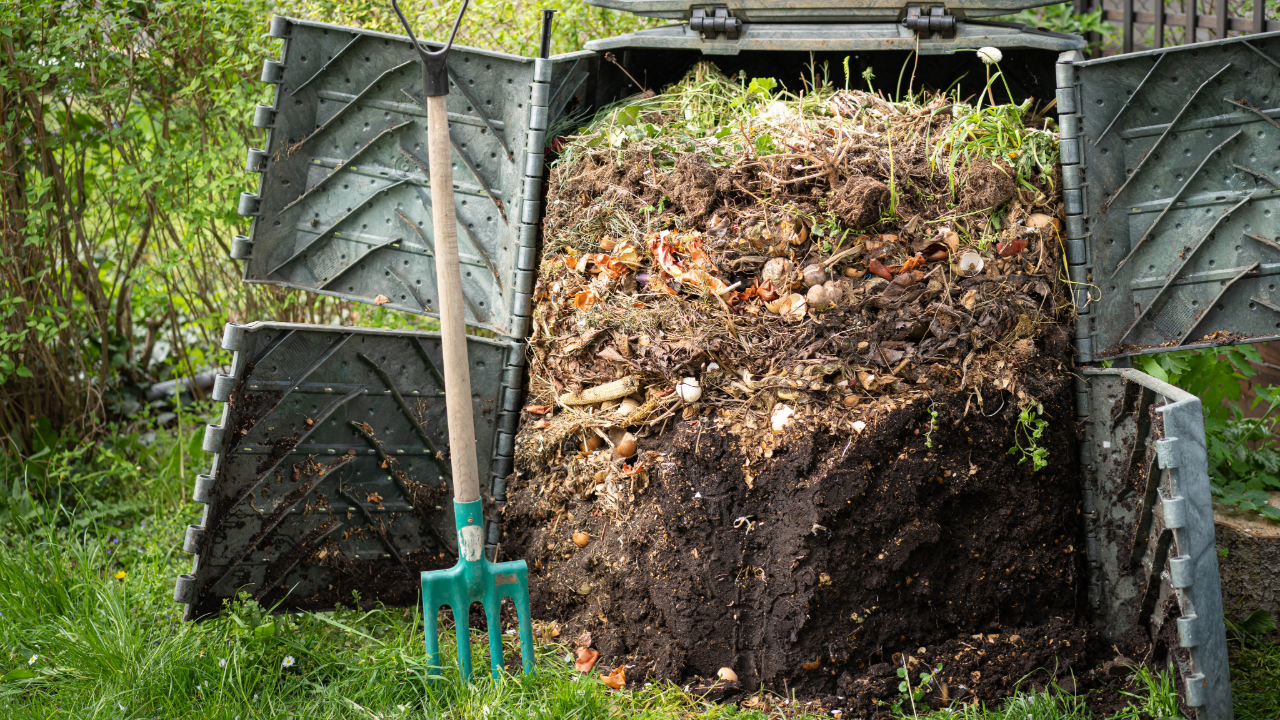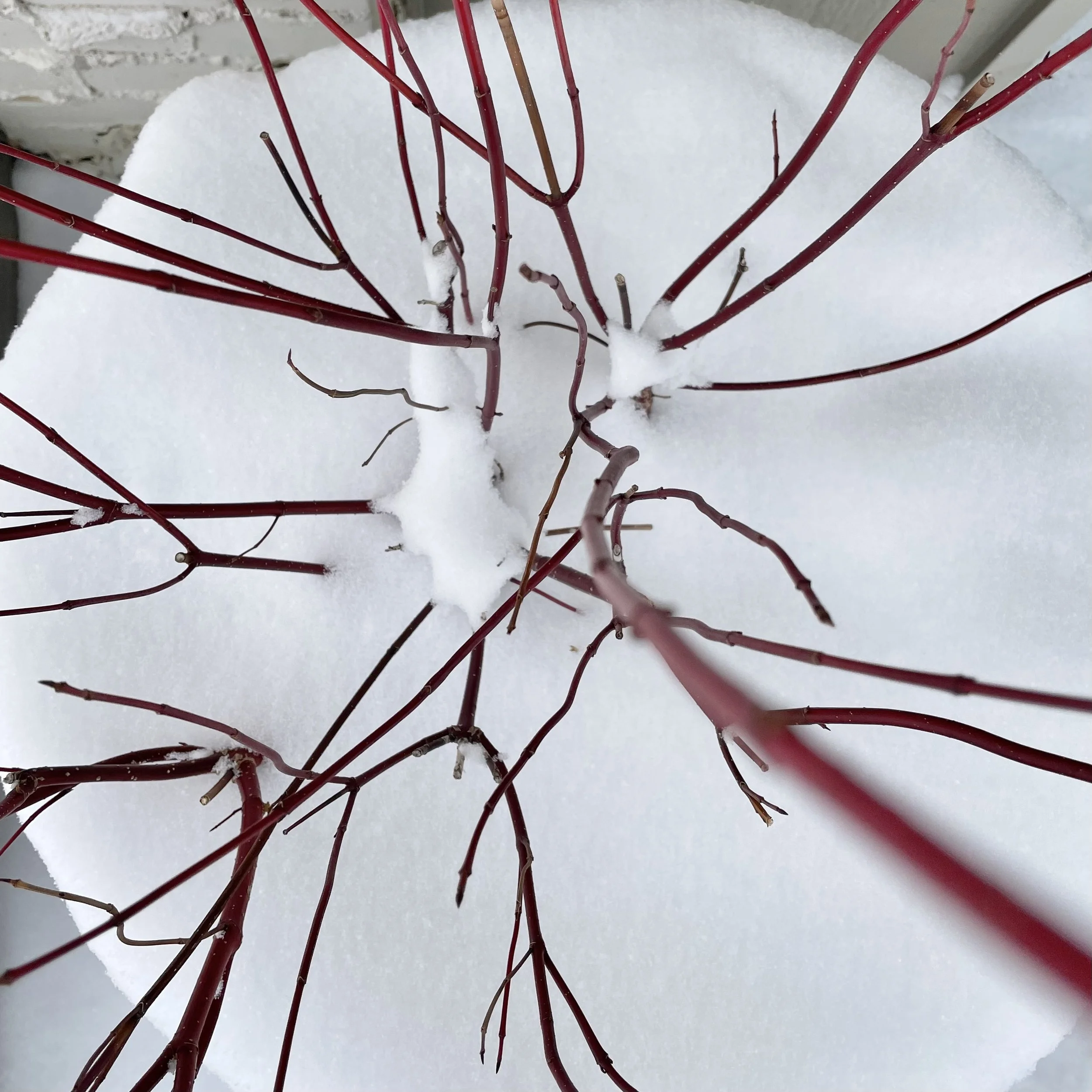Weekly Gardening Checklist
Third Week of February
We just got home from a quick little family getaway. It was so nice to just disappear into New York City for a few days! That's why this week's Checklist is a little late. But nonetheless, we have things to do in the garden, and as soon as we are out of this cold snap – it is currently 2℉ here ❄️ – I'll be out in the garden working on these tasks.
But you are probably much warmer than we are, so with that in mind, here is your Weekly Gardening Checklist for the Third Week of February:
Time to Order Potatoes
Somehow I always forget to order potatoes! So here's your reminder that it is time. Potatoes are pretty easy to grow, and they work very well in containers and grow bags. In fact, that's where I grow them exclusively. I don't want to give up real estate for them in my beds – it means too much digging over to get the tubers out. So I plant them in large grow bags every spring. So much easier!
But no matter how you grow them, it's time to place your potato orders.
Last year I had fabulous results with potatoes from Wood Prairie Family Farms, and the Maine Potato Lady is on my list of progressive seed companies as suggested by gardeners on Threads.
If you have progressive sources for seed potatoes, drop them in the comments!
Time to Order and Add Compost to Raised Beds
Some people add compost to their beds in the fall. Others do it in the spring. I do it in the spring, because that's when I get my dividend from our composting service, and my own compost should be ready to go in a few weeks, too.
Either way, adding compost where you are growing vegetables, fruit, cut flowers, tropical plants, and non-native plants improves your soil health and makes for better growing conditions all around.
Add 3-4 inches of fresh compost over the exposed soil. This will help to keep down weeds and will add some nutrition for hard-working herbaceous perennials as they start to put on new growth this spring.
What about native plants?
So it all depends on the type of plants that you are growing. If you are growing woodland plants or tropical plants that are native to your area (or related cultivars), like hydrangeas, for example: compost to your heart's content! Those plants evolved in richer soils with lots of organic matter.
But if you are growing prairie plants like Echinacea or Achillea, rich soil can make those plants flop. Prairie plants, desert plants, and many plants that have evolved in the hot, dry conditions of Western North America generally don't need compost. Instead they appreciate a mulching layer of some type if they aren't densely planted. Shredded tree mulch is often free from your city or county, and it breaks down more slowly thus not enriching the soil as quickly as compost. It also doesn't hold and reflect heat like stones do. So that can be a good solution.
If you are like me and you read and watch a lot of British gardeners, this can be a little confusing. They often use mulch and compost as interchangeable terms. That's because many of them are growing in places where compost can be used as a mulching layer to lock in soil moisture and prevent weed growth. Compost itself can do this, but it ALSO enriches the soil which makes many of our native North American plants flop. So use it with care where it is needed.
A Note about Compost Sources:
Compost is something that is largely unregulated. And what you get can vary widely depending on your compost source. I have purchased all kinds of compost – in bulk, bagged – and I make my own, too.
Here's my recommendation: get compost made from food waste if at all possible. I have found that compost made from food waste has far fewer weed seeds in it, and the bagged compost that I have purchased has often been full of Bindweed and Thistle seeds (two invasive species common in Colorado).
In addition to making my own compost, I also use a composting service and get a dividend once per year of compost made from food waste. It is infinitely better than any other compost I can find. So when buying compost, ask what it is made from! You'll be so glad you did!
Pruning Safety:
Choose a warmer day.
Wear appropriate eye protection.
Always prune from the ground or a ladder with a spotter – never prune IN a tree. That's for the pros.
Wear leather gloves.
Clean and sharpen your pruners before you begin.
Disinfect with a bleach solution between plants to prevent the spread of disease.
How to Prune:
Survey your entire garden, and make a list first so you don't forget to prune something!
Look for branches that are:
Dead: they will feel lighter and dryer than other branches.
Diseased: they may have strange growths on them or look knobbly. The bark might be discolored. Consider them in comparison with the other branches.
Rubbing: two branches rubbing together can cause wounds through which diseases can enter. Look for branches that are crossing or touching.
Animal Damage: branches that have been nibbled or eaten away can be removed.
Cut close to the origin of the branch, but don't leave a gaping wound on the trunk or branch itself.
Cut at a 45° angle that slopes toward the ground so that water runs off the branch rather than collecting in a crevice.
Winter Pruning
Late winter is a great time to prune trees and shrubs, so make some time to get out there with the pruners and get the job done.
Why prune in winter?
Winter pruning is done to help control and positively change the structure and shape of a tree. It's great because, unless the plant is evergreen, you can see every branch and really get in there to prune out dead wood or crossing branches.
What's the goal?
You want more light and more air to get into the canopies or the centers of your plants – this will allow for more leaves, more flowers, and more fruit. Additionally, that air circulation can cut down on fungal and bacterial diseases, too.
What should you prune in winter?
Deciduous trees and shrubs – the trees and shrubs that lose their leaves in the winter.
What should you NOT prune now?
It's NOT time to prune early spring-flowering shrubs including lilacs, juneberry, magnolias, and azaleas. These plants form their buds over winter, and if you prune them, you risk pruning off the flowers for this year. Wait until about two weeks after they have finished flowering before you prune.
What about hydrangeas?
I don't grow hydrangeas here in Colorado – it's too dry, but I used to grow them in Minnesota. They are gorgeous! Pruning timing depends on the TYPE of hydrangea you have planted. Some of them form their buds over winter, so if you prune before they bloom, you'll cut off all of the blooms for this spring and summer. If you don't know what type you have, don't do anything this year and watch your plants.
Jess of YouCanDoItGardening has amazing resources about hydrangeas. I highly recommend following her – and check out her highlights on Instagram. She will tell you everything you need to know! Not on IG? Check out this guide from the University of Minnesota – very informative and easy to follow.
Pruning Resources
If you really want to educate yourself about pruning (and at some point we all should as stewards of trees and shrubs), this pruning guide for Colorado Master Gardeners is a fabulous reference with photos and diagrams. Additionally, this video from the Smithsonian Institute is great.





